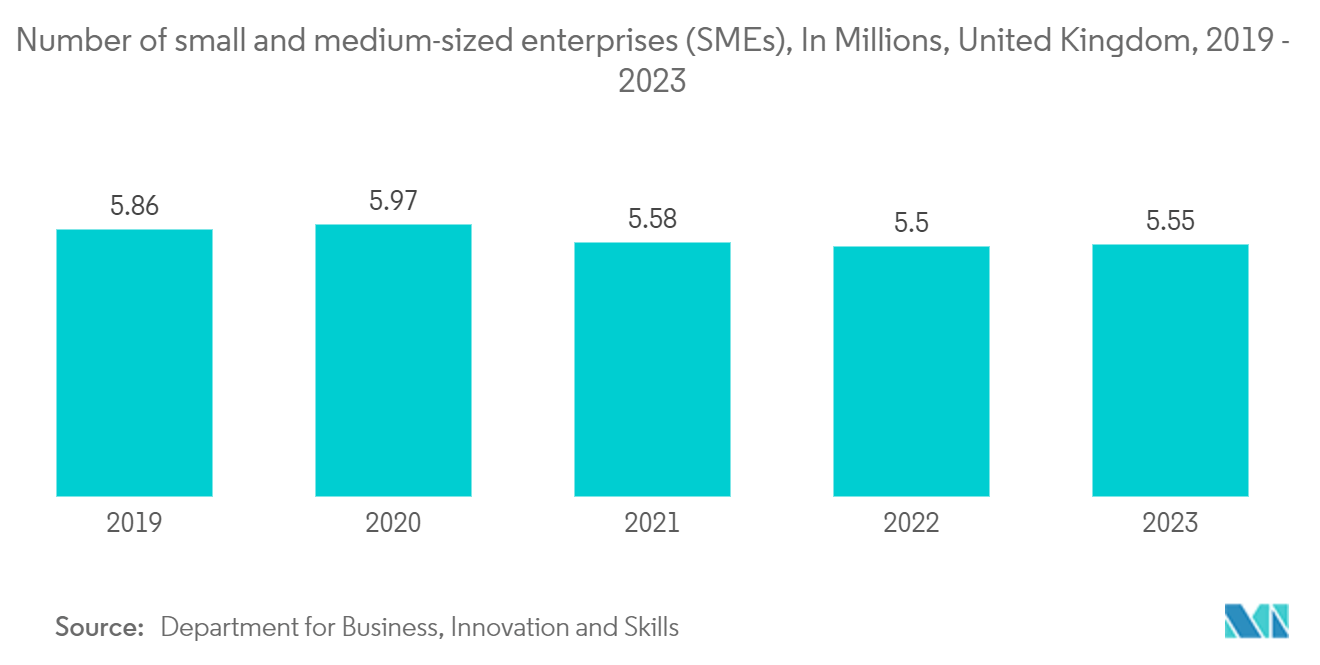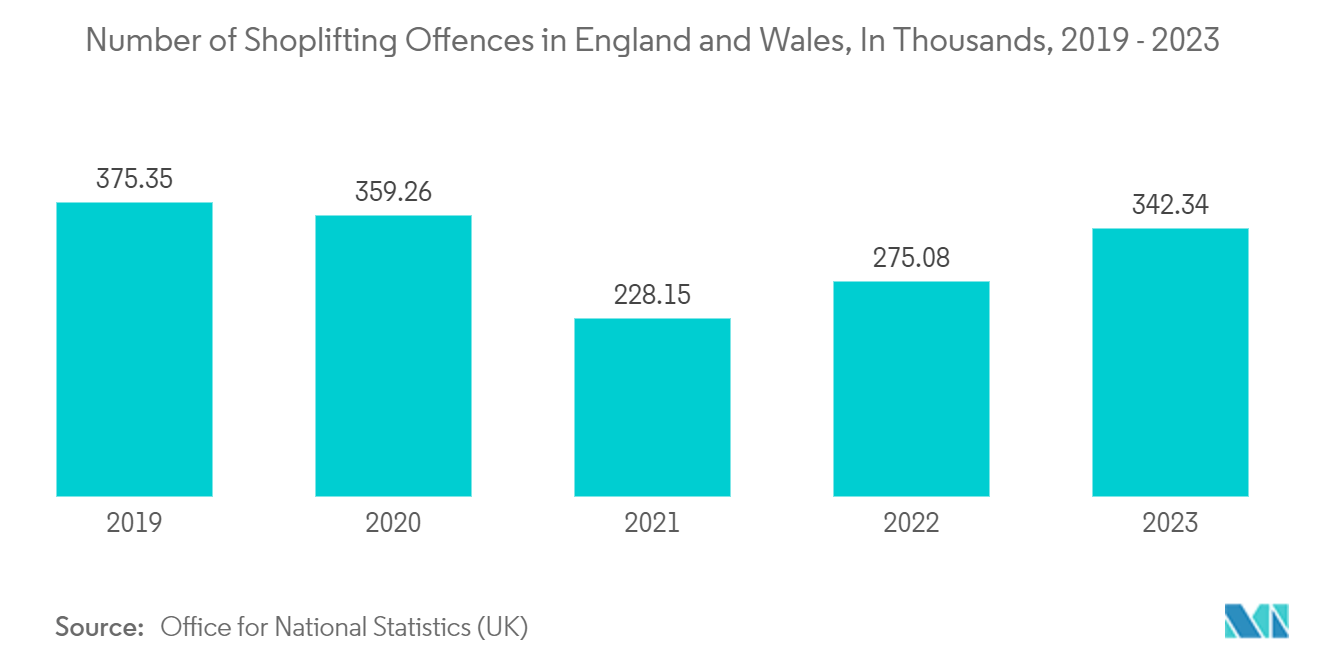Market Trends of United Kingdom Surveillance Analog Camera Industry
Small and Medium-Sized Enterprises Fuel Market Demand
- SMEs, often constrained by tighter budgets, gravitate toward cost-effective security solutions. Analog cameras, while modest in cost, meet the fundamental surveillance needs of many SMEs, including retail outlets, eateries, and small offices.
- Their user-friendly installation and maintenance sets analog cameras apart, making them particularly attractive to businesses with limited technical know-how or resources. Not only are the operational costs of analog cameras lower than their digital counterparts, but SMEs can also sidestep expenses tied to network infrastructure, high bandwidth demands, and specialized IT support, rendering analog cameras a prudent, long-term investment.
- In 2023, the United Kingdom boasted around 5.5 million small and medium-sized enterprises (SMEs), per the Department for Business, Innovation and Skills data. Of these, micro-sized enterprises, employing up to nine individuals, dominated, numbering over 5.28 million. This underscores their significant presence, constituting 99.05% of all UK businesses.
- Often situated in community settings, SMEs leverage visible surveillance cameras to deter local crime. Analog cameras in and around business premises bolster neighborhood safety and dissuade criminal activities. As per the Office for National Statistics (UK), crime rates have been rising, hitting 93.6 crimes per thousand people in FY23 in England and Wales, with a corresponding uptick in Northern Ireland.
- Surveillance footage from analog cameras aids law enforcement in crime investigations and perpetrator identification. In essence, SMEs in the UK are pivotal in driving the demand for analog surveillance cameras. The affordability, simplicity, and proven efficacy of analog cameras make them appealing, requiring minimal financial outlay. Since SMEs account for over 99% of all businesses in the UK, there's a steady market for traditional surveillance systems tailored to these small enterprises.

The Retail Sector Stands as a Significant End-User of Analog Surveillance Cameras.
- Retail environments face a persistent threat of theft, including shoplifting and other security concerns. In 2023, the Office for National Statistics (UK) reported 342,343 shoplifting offenses, marking the third consecutive annual increase since 2021. To combat these challenges, retailers commonly employ analog cameras. These cameras serve multiple purposes, from monitoring employee conduct, preventing internal theft, and ensuring compliance with company protocols.
- Moreover, in 2023, the number of police-recorded theft offenses in England and Wales surged to 1.72 million. According to a BRC survey, customer theft alone accounted for GBP 1.8 billion (USD 2.33 billion) in losses. These figures underscore the significant financial toll on small retailers and the urgent need for enhanced surveillance measures.
- In 2023, the UK Department for Business, Energy, and Industrial Strategy reported that the UK was home to 546,395 Retail and Wholesale Trade SMEs, making it the third-largest sector in SME numbers.
- During the same year, retail sales in Great Britain surged to GBP 510 billion (USD 661 billion), marking a 3% increase from 2022. The sector also employed over 2.7 million individuals. Data from the Department for Business and Trade revealed that 57% of retail businesses operated with a single employee, 36% had a staff count ranging from 1 to 10, and 6% boasted employee numbers between 10 and 100.
- The statistics highlight the necessity of traditional surveillance systems for small retail stores, particularly those run by individual owners, due to their affordability. Advancements in analog camera technology, like enhanced image resolutions and night vision, have bolstered the competitiveness of these systems. Consequently, retailers now enjoy improved image quality and performance, all at a reduced cost.


